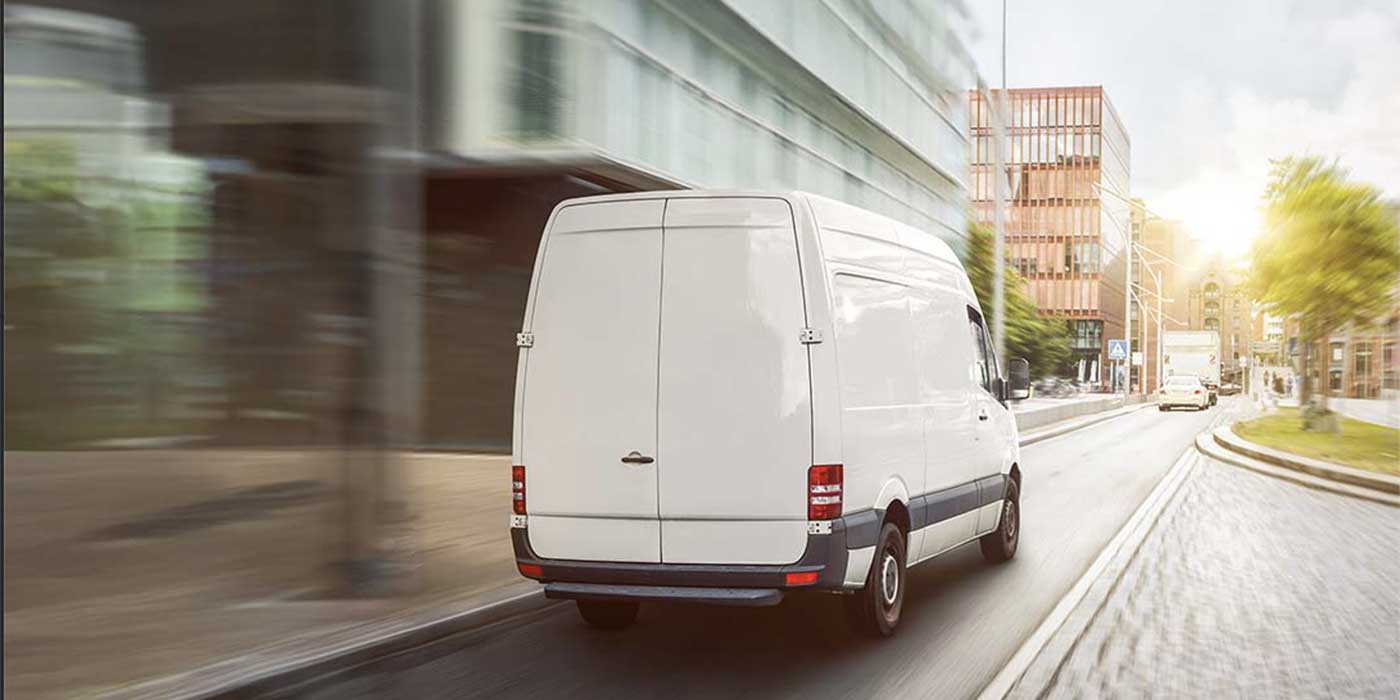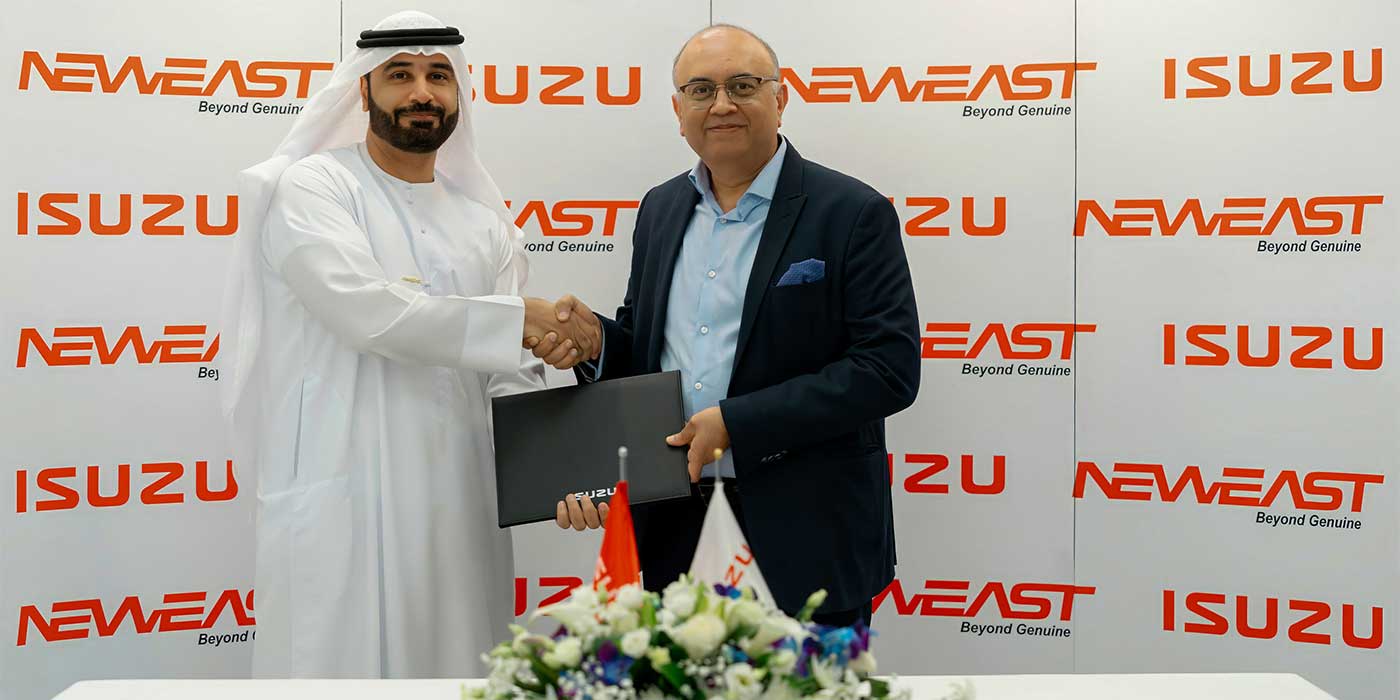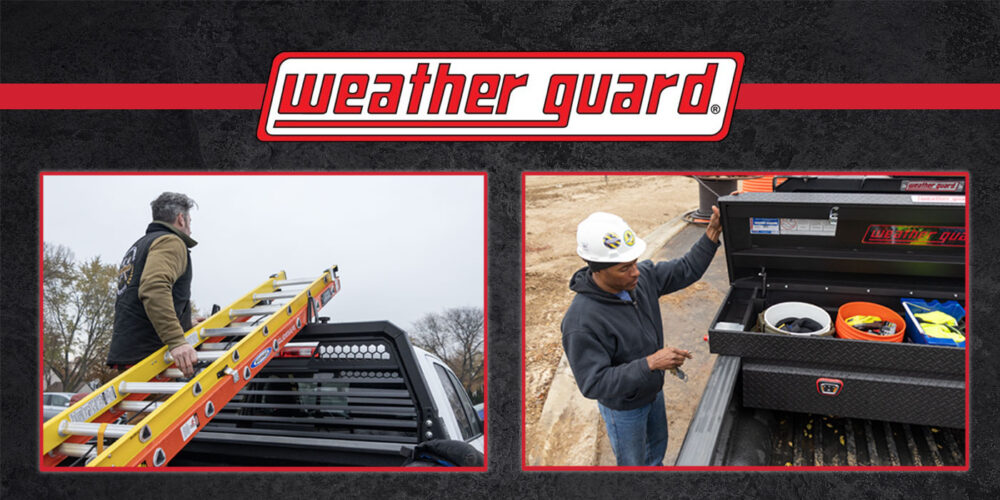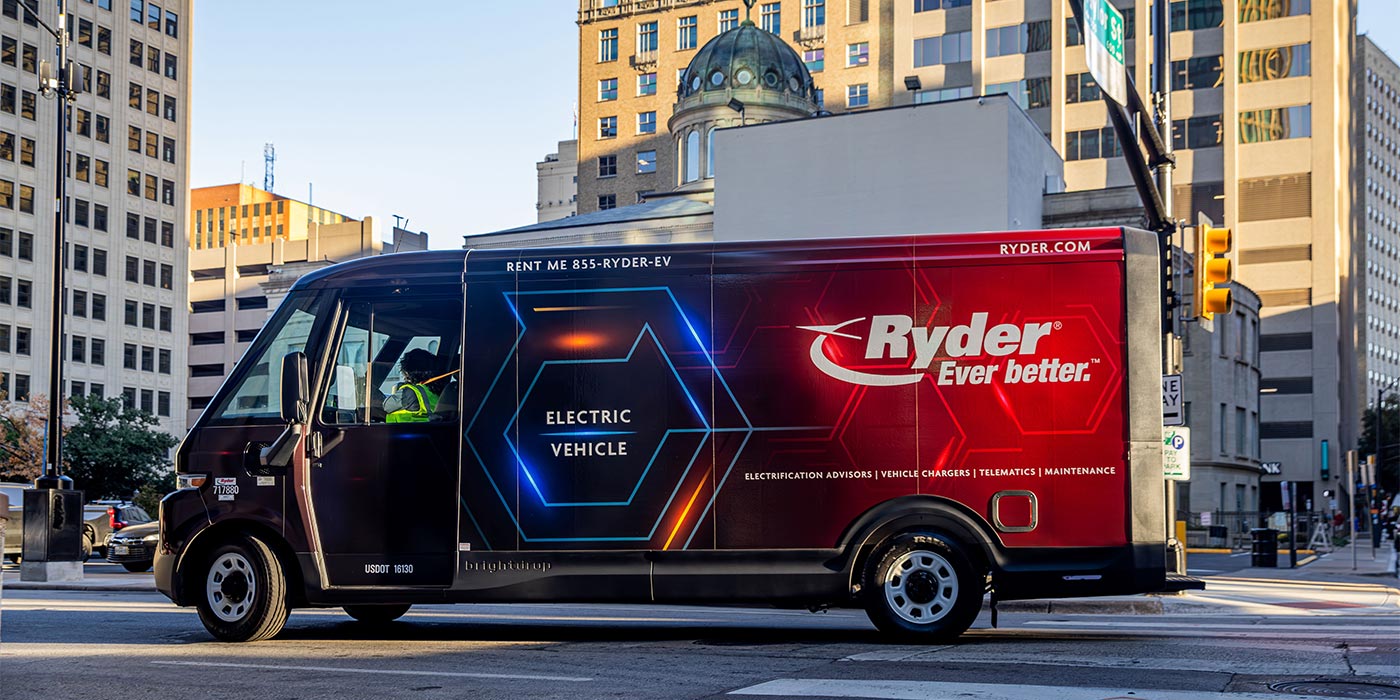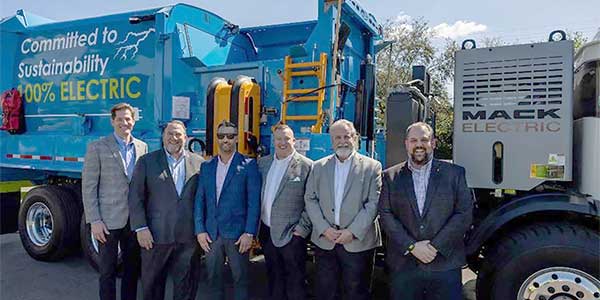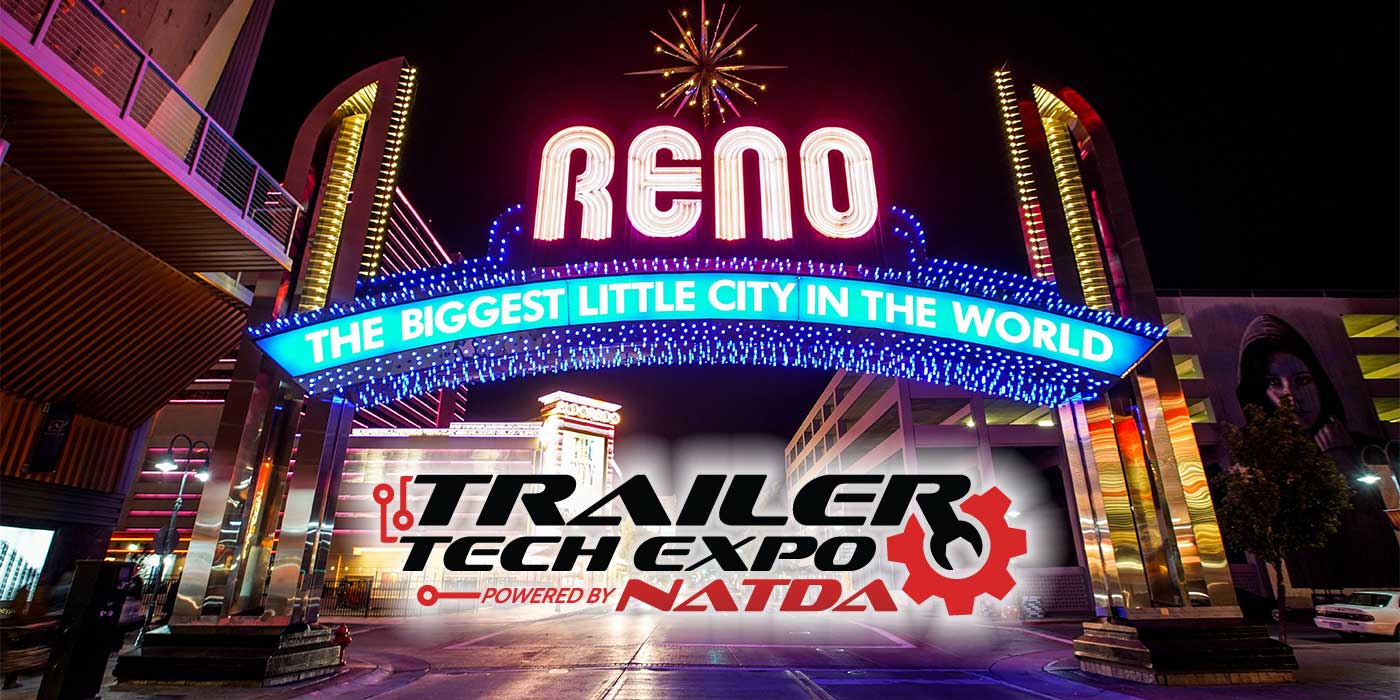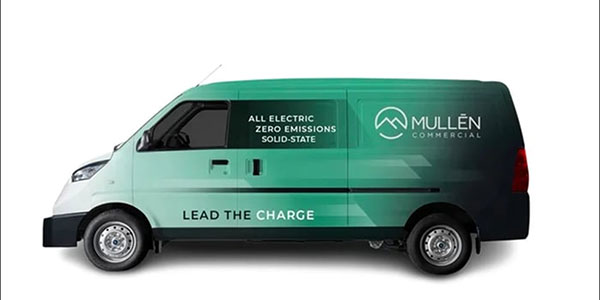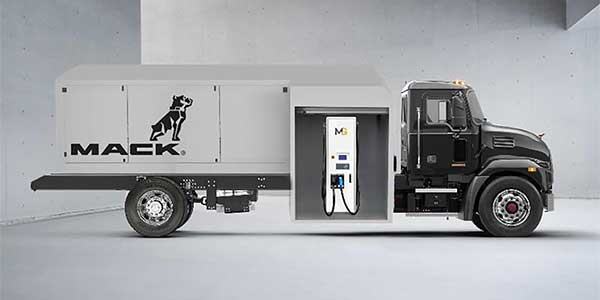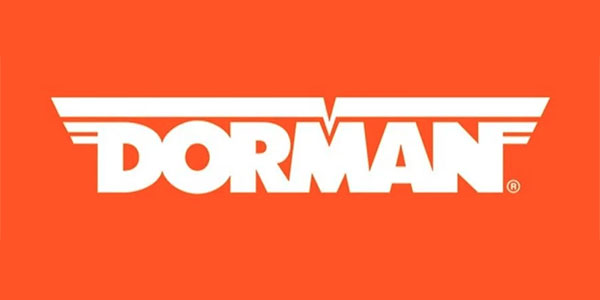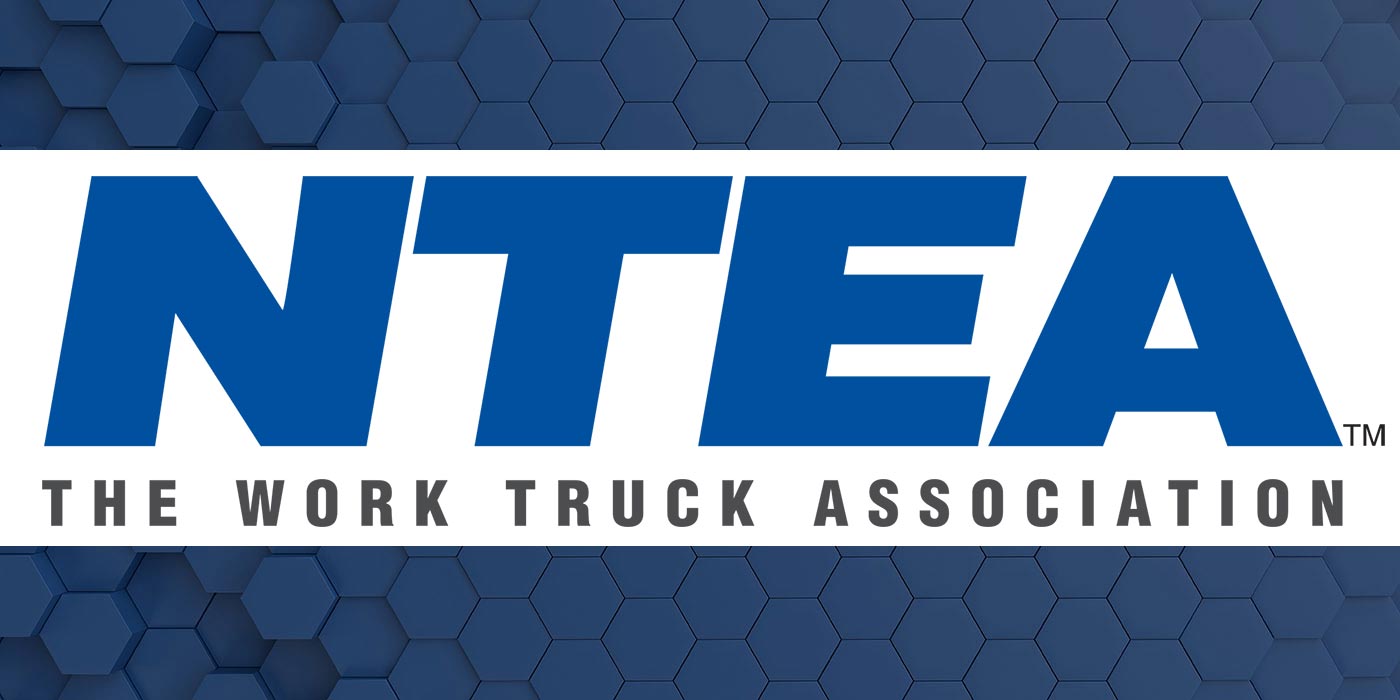
UPS is investing heavily in testing, developing and deploying alternative fuel-powered delivery vehicles – including the world’s first hydraulic hybrid trucks
The environmental mission at UPS is well defined. The company conducts its business and operations with full consideration of environmental impact, according to the parcel carrier’s official policy.
“Our responsibility for the environment ranges from the construction, maintenance and operation of our facilities, to the maintenance and operation of our vehicles and aircraft, to the conservation of resources,” the policy says.
For Robert Hall, fleet environmental manager, that mandate means overseeing a wide range of alternative fuel-powered vehicle programs.
“We employ a rolling laboratory philosophy,” he says. “UPS continues to enhance its fleet by using alternative fuel-powered vehicles as a way to learn about how new technologies and advancements can be adapted for use in a large delivery fleet.
“We continue to test multiple variations to find the best and most efficient model to positively impact the environment by taking technologies we want to explore and evaluating them in the real world rigors of our operation,” Hall says. “What drives our decisions is the availability of technology, but while we’re always looking for environmentally friendly alternatives they must also prove cost effective and not negatively impact our business or our customers.”
100 million miles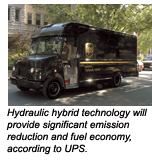
Today, the UPS fleet includes approximately 1,500 alternative fuel-powered vehicles. In 2005, those trucks logged more than 20 million miles, and since 2000, they have traveled more than 100 million miles making deliveries to homes and businesses. In particular:
• UPS has one of the largest private fleets of compressed natural gas (CNG) vehicles with 808 operating in the United States, Germany, Brazil and France. The company began extensively testing CNG in 1989 to assess its benefits and viability as an alternative fuel. The results have been impressive, Hall notes, including particulate emissions that are 95 percent lower than diesel engines, carbon monoxide emissions that are 75 percent lower, and nitrogen oxide emissions that are 49 percent lower.
• UPS operates 683 propane-powered vehicles, including 644 in Canada and 39 in Mexico. Particulate emissions with these trucks are 95 percent lower than a diesel engine, Hall says.
• UPS was the first in the package delivery industry to introduce alternative fuel tractors into its fleet. Currently, 11 liquefied natural gas (LNG) tractors operate on the West Coast, hauling more than 31,000 packages each day from California to Nevada. Because of its density, LNG is a viable alternative fuel source for large trucks that need to go long distances before stopping to refuel.
• Electric vehicles also are in operation at UPS. In 2005, the company deployed a full-size electric package car in Manhattan. UPS also tested 13 zero-emission electric minivans in downtown Los Angeles. Those vehicles had a range of 80 to 90 miles and were primarily used to make next-day air deliveries and pickups.
• UPS deployed its first Daimler-Chrysler Sprinter fuel cell vehicle in Germany in 2003, and in late 2004 fielded two additional fuel cell vehicles. One currently operates in Ontario, Calif., and the other is in service in Ann Arbor, Mich., where the U.S. Environmental Protection Agency (EPA) has a hydrogen refueling station at its national fuel emissions laboratory.
The latest development in alternative fuel-powered technology at UPS involves hybrid vehicles.
“We were the first package delivery company to introduce a hybrid electric vehicle (HEV) into daily operations,” Hall says. “We have been researching and testing HEV technology since early 1998. In 2000, we deployed a hybrid electric vehicle in Huntsville, Ala., on a 31-mile route making 150 pickups and deliveries each day.”
Very viable
UPS deployed a second-generation HEV that operated in Kalamazoo, Mich., for several months during 2004.
“We believe hybrid technology is very viable,” Hall says. “It offers significant potential to dramatically decrease emissions and fuel consumption by primarily operating on batteries and electric drive motors. Furthermore, it will come down in cost as larger volumes are produced so we’re beginning to buy more of these vehicles. Over the next year, we will add 50 HEVs built on Freightliner and International chassis and utilizing Eaton’s hybrid system.”
UPS also is evaluating a new kind of hybrid technology. In cooperation with EPA, Eaton, International and the U.S. Army, the company is testing the world’s first two full hydraulic hybrid urban delivery vehicles, the first on a daily delivery route near the EPA lab in Ann Arbor, and the second in Detroit.
Hybrid hydraulic technology includes two power sources that propel the vehicle – a small fuel efficient diesel engine and hydraulic components. Hydraulic hybrid technology replaces a conventional drivetrain with a hydraulic one, which eliminates the need for a mechanical transmission and driveline.
The first hydraulic hybrid prototype in use at UPS has a full series hydraulic hybrid drive consisting of three hydraulic pump motors integrated into the rear axle, four hydraulic accumulator vessels, one engine hydraulic pump and one integrated rear-drive hydraulic pump-motor assembly. The second vehicle has a full series hydraulic hybrid drivetrain consisting of a one-pump motor and a four-speed transmission with two accumulators and a clean diesel engine.
Significant reductions
“Hydraulic hybrid technology promises significant emissions reduction and fuel economy,” Hall says. “In laboratory tests the vehicles have shown a 40 percent reduction in CO2 emissions and a 60 to 70 percent improvement in fuel efficiency. The fuel economy improvement comes from running the engine at its optimum efficiency point as much as possible, and from regenerative braking, which captures and stores a large portion of the energy normally wasted in vehicle braking. The energy stored, even when the vehicle is turned off, is used to help propel the vehicle during the next acceleration, reducing fuel consumption.
“The features of this vehicle combine to make it highly cost-effective,” Hall says. “Additionally, since a hydraulic hybrid vehicle is mechanically based, as opposed to traditional HEV vehicles which are electrically based, troubleshooting problems and regular vehicle maintenance should be easier, more efficient and more economical.
“The nature of our business, which requires vehicles to make frequent stops and starts, makes UPS an ideal partner to test this new technology. The hydraulic hybrid technology is quite promising and we’re eager to see how well the vehicles perform in a real-world setting.”
Active participant
The overall strategy at UPS for its ground vehicle fleet is to actively participate in advancing the development of future generations of delivery vehicles that reduce dependence on fossil fuels and significantly reduce fuel consumption and emissions. Using 2000 as a baseline, UPS already has made significant progress toward reducing fuel consumption.
“As of 2005, we had 8,400 low-emissions vehicles operating throughout North America and that number will continue to rise as older delivery vehicles reach the end of their 20-year life cycles and are replaced,” Hall says.
“In 2005, UPS spent 4.8 percent of its revenue on fuel,” he says. “While we believe this is the lowest percentage in the industry, it is still a significant cost that must be managed. By measuring fuel efficiency in terms of gallons per package (calculated by dividing total U.S. ground gas, diesel and CNG consumption by total U.S. ground and air packages) we can chart our progress. In 2005, that number was 0.1036 and our goal for 2007 is to decrease that figure to 0.1008.
Long history
The impact of that achievement is significant. As the world’s largest package delivery company, UPS delivers nearly 15 million packages daily with more than 91,000 vehicles. UPS has a long history with alternative powered vehicles, dating back to the 1930s when the company fielded electric trucks in Manhattan. In the 1970s the company collaborated with Texaco to develop a multi-fuel engine and in the 1980s it began fielding natural gas and propane-powered trucks.
To date, UPS has invested more than $15 million in alternative fuel powered vehicles, according to Hall.
“We have led our industry in testing alternative fuel vehicles because fuel conservation is critical to our business,” he says. “UPS is an active participant in advancing and developing future generations of delivery vehicles that significantly reduce fuel consumption and our dependence on fossil fuels. We believe the impact of this initiative will go far beyond our industry.”

